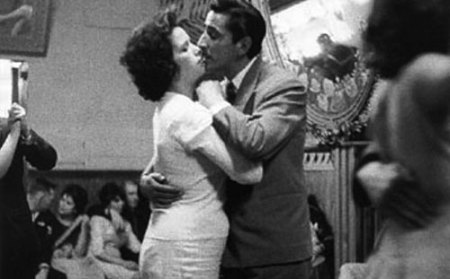The NY Daily News has a feature on historical pictures which have been altered. Stalin’s airbrushing out of photos anyone who he wanted politically disappeared is a well known act of totalitarian historical revisionism. Less well known is Fidel Castro’s similar antics. This is from no.12 of the slide show:
COURTESY OF FOURANDSIX
Fidel Castro (r.) approved a Soviet intervention in Czechoslovakia in the summer of 1968 causing Carlos Franqui (bottom c.) to split with Castro’s regime. Castro then decided to split with any images including Franqui.
Franqui wrote:
discover my photographic death.
Do I exist?
I am a little black,
I am a little white,
I am a little shit,
On Fidel’s vest.
While I’m here, some links via Entdinglichung: From Wiesbadener Kurier on Rudolf Rocker (DE) in the Guardian a biographical interview with Selma James (EN), the Fundación Andreu Nin recall the stalinist disappearing of Andreu Nin und Camillo Berneri 75 years ago in Barcelona (ES). In Libcom, notes on some key battles in the class struggle: The Finnish Class War 1918 (1993), The 1946 General Strike of Rochester, New York (2007) and The occupation of the factories: Paris 1936, Flint 1937 (1999), plus Emma Goldman on The Social Importance of the Modern School (19??). And in Anti-Fascist Archive: K. Bullstreet: Bash the Fash: Anti-Fascist Recollections, 1984-1993 (199?); London Anti-Fascist Action: Filling the Vacuum (1995); and Newspaper Articles on Red Action and Anti-Fascist Action from The Guardian (1983-1996).
Related articles
- Chango’s Beads and Two-Tone Shoes: All of history summed up in an uncashed check (lancemannion.typepad.com)
- Superheroes in Old War Photos (dailypics.co.cc)
- 75 years ago today: the May Days (poumista.wordpress.com)











![[Sergio Larrain captures the tedium of Fidel Castro's speeches]](https://i0.wp.com/art.findartinfo.com/images/artwork/2009/1/a001847116-001.jpg)

![Working poor: Hine wrote: 'Henry, 10 year old oyster shucker who does five pots of oyster [sic] a day. Works before school, after school, and Saturdays. Been working three years. Maggioni Canning Co. Location: Port Royal, South Carolina.' Read more: http://www.dailymail.co.uk/news/article-2119875/Lewis-Hine-Child-oyster-shuckers-inhospitable-working-conditions-borne-thousands-children-labour-laws-passed.html#ixzz1qEh1FLkR](https://i0.wp.com/i.dailymail.co.uk/i/pix/2012/03/25/article-2119875-124E73A5000005DC-942_470x579.jpg)






































